Since the early 1800s, when the art of photography was realized in all its monochromatic glory, artists and enthusiasts have been experimenting and innovating, pushing the envelope. Even today, monochrome photography still remains one of the most powerful ways to produce a strong image. Today, you’ll learn more about the art of monochrome photography and how to use it to elevate your portfolio.
What Is Monochrome Photography?
Monochrome photography is an art form best understood by its original Greek derivation.
Derived from two words, “μονό” (“mono”) meaning “single,” or “one,” and “χρωμος” (“chromos”) meaning “color,” monochrome photography refers to photographs composed of a single color, with variations of a single hue in a multitude of shades.
Thus, monochrome photography makes use of differing amounts of light rather than different hues. Varying tones of a solitary color represent the many naturally occurring colors of a scene within a monochrome image.
This stands in stark contrast to color photography; wherein corresponding colors are used to present the colors of the subject being captured. This means that monochrome photos are not necessarily factual representations of the physical world but are rather abstract artistic interpretations.
Monochrome, Grayscale, and Black and White Photography – What’s The Difference?
If you have experimented with color in photography, or even with preset filters on Instagram, it’s likely that you have happened upon the terms “monochrome,” “black and white,” and “grayscale” and thought to yourself, “What’s the difference?”
While the terms are often used interchangeably, doing so might be considered something of a faux-pas in photography circles.
To better understand the terminology, let's break down each category into its basic definition:
1. Black And White Photos
Before the days of color photographs, all film was black and white. However, in the modern age, you’ll likely find film labeled “Black and White” available for purchase.
However, this definition isn’t entirely accurate. A “black and white” image implies a photograph composed exclusively of black and white tones, but, in truth, a black and white photo is composed of blacks, whites, and varying shades of gray.
2. Grayscale Photos
In technical terms, “grayscale” is an image composed exclusively of shades of gray, varying from black to white.
Grayscale is a more technically accurate term to describe the style we refer to as black and white photography, with design industry professionals preferring the former over the latter.
While it is not unusual for photographers to use the term “black and white photography,” “grayscale” has seen an increase in popularity since the advent of digital imaging over film photography.
3. Monochrome Photos
As discussed earlier, “monochrome” refers to any image composed of varying hues of a single color. This means that all grayscale and black and white photographs are monochrome pictures, composed of a single color in varying shades.
However, not every monochrome photo is grayscale or black and white because monochromatic images are composed of tonal values derived from a single slice of the color wheel.
Here’s a list of a few types of images that fall under the category of monochrome, along with the color shades and tints they employ:
- Sepia: Brown/Tan
- Cyanotype: Cyan-blue
- Grayscale: Black
- Green Phosphor Night Vision: Green
- Red Filter: Red
Why Choose Monochrome Photography For Your Aesthetic?
In the digital world, a consistent aesthetic is often desirable in building a personal brand and reaching the right audience.
Instagram, in particular, relies on a visual aesthetic, allowing creators to experiment with a multitude of styles and subjects with which to build their audience.
Monochrome photography has seen a massive resurgence in recent times, popularized by such masters of the craft as Wildlife Photographer David Yarrow, whose personal style of black and white photography is meant to accurately represent the tonal range of the color spectrum visible to most animals.
Shooting monochrome lends a certain drama to an image, elevating it from what is visible in the physical world while inspiring feelings of fluidity within the visuals.
When the various colours of an image are reduced to shades of the same colour, it is often easier to emphasise the central subject rather than the background of the image.
Use These Monochrome Tips To Build a Meaningful Collection
While there are many different aesthetics to choose from, a monochromatic theme works well for a cohesive collection.
Looking to try your hand at shooting monochrome images?
Check out this list of tips and tricks to creating the solid monochromatic shots!
1. Be Aware of Subjects That Translate Well to Monochrome
The first rule of photography is to be conscious of your environment.
While training your gaze to isolate scenes that work best in monochrome is trial and error, more often than not, your environment will tell you how best to record it.
Natural monochromes are present in your everyday surroundings, from the teal-blue tints of the open ocean set against a pale blue sky, to a field of red poppies against the burnt-orange glow of the sun setting upon the horizon. As you experiment with shooting naturally occurring monochromes your mind will subconsciously look for these patterns in the physical world.
For grayscale images, it is helpful to explore regions with dramatic lighting, unusual shapes, reflective surfaces, and intriguing textures, which will be accentuated when shot in black and white. Owing to their old-world feel, black and white images are cohesive with rustic themes (such as old structures or farming equipment).
Portraits, like that of the elderly, where imperfections like creases and wrinkles are visible, have greater visual impact when captured in a black and white tonal range.
2. Remember That Silhouettes Often Work Well With Monochrome Photography
By virtue of their contrast, silhouettes can be dramatic, mysterious, moody and emotional, and are perfectly suited to a monochromatic style.
An increasingly popular trend on Instagram, silhouettes are simple and convey a story that invites the viewer in, asking them to use their imagination to fill in the blanks.
All you need to shoot an effective silhouette is a strong light source and a captivating subject with an identifiable shape. By drawing attention to the dark subject of the image the form of the subject is highlighted, accentuating its presence.
Scenes such as sunsets and some landscapes with silhouettes often can be shot with monochrome in mind and produce wonderful results.
3. Remember to Shoot in RAW for Total Control
While shooting in the RAW file format is good advice for monochromatic photos, its usefulness transcends any one style of photography.
RAW files are high-quality images, capable of storing more image data and information than a JPEG.
Shooting in a RAW file format allows more leeway to work on the image in post-processing as it ensures you capture as much information as possible in the file. This gives you leeway in post production when you're creating the monochrome effect.
With recent advances in modern photography, many cameras, when shooting in RAW format, have an in-camera monochrome photography simulation mode that allows you to glimpse what it might look like once the same image is edited. While this is a personal choice, most photographers prefer to make their own monochrome adjustments in post production themselves (usually in Lightroom or Photoshop).
4. Try Long Exposure to Make More Powerful Monochrome Images
Long exposure shots are great for adding a flair to a monochromatic image by introducing the element of movement.
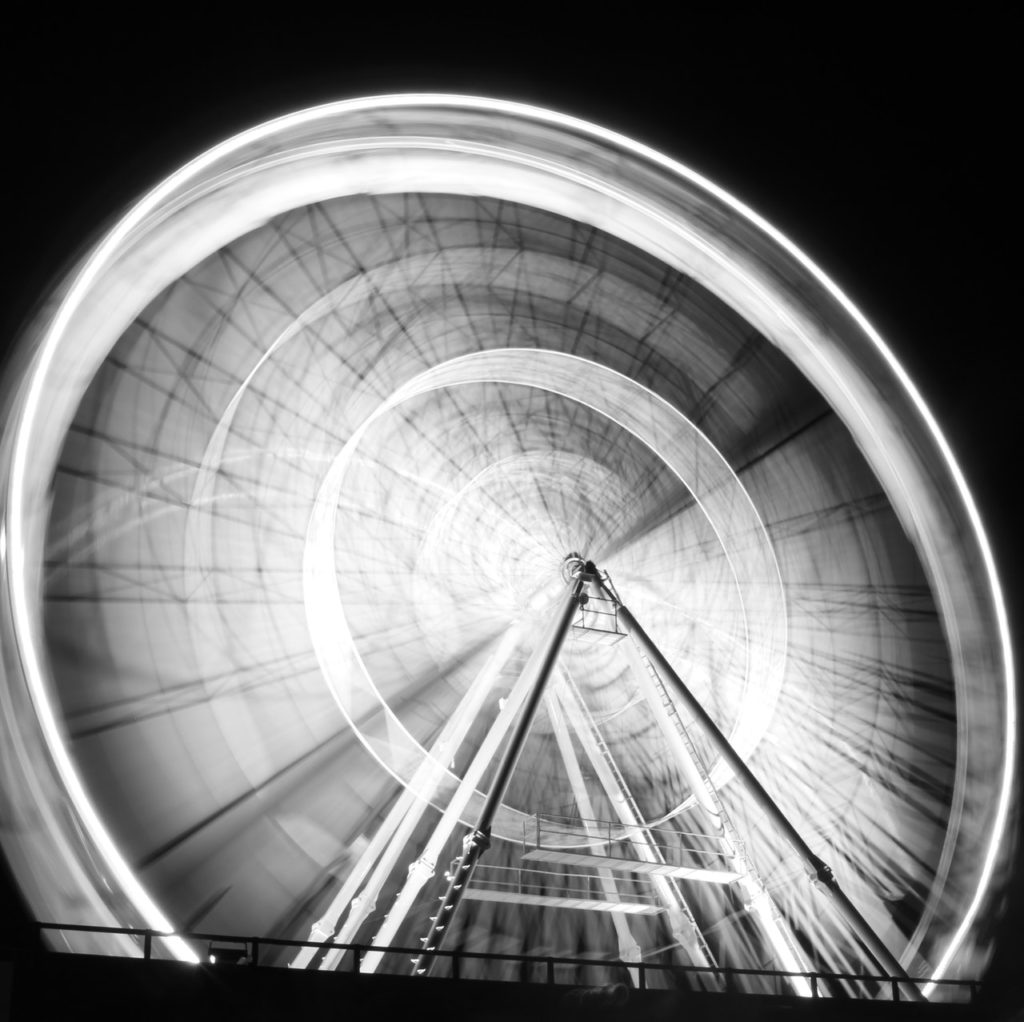
Experiment with exposure times and camera settings to create a strong visual impact that relies on more than just color.
Moving elements, such as flowing water, pedestrian traffic, clouds, and vegetation add drama to an image and can be used to your advantage. The above shot of a ferris wheel is a great example.
5. Try Some Filters for Strong Effects
Filters are a great way to experiment with the visual impact of an image and to realise its intrinsic monochromatic potential. For example, a polarizer or neutral density graduated filter can be useful in creating a certain ambiance of drama for an entire image.
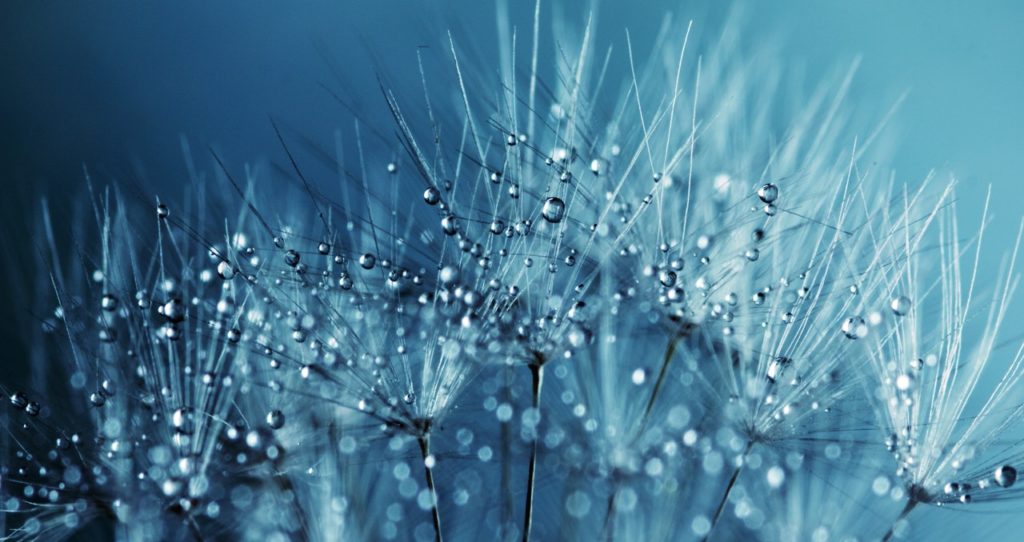
Obviously colour filters can also be used to do most of the work in making an image monochrome while you're taking the shot.
6. Experiment With Contrast
Monochrome images cannot rely on color to draw the eye.
Instead, it’s important to emphasise the lines and shapes of your subject to effectively communicate the distinctions. One way you can do this is with highly contrasting elements.
It’s can often be useful to stretch your histogram as much as possible (capture brighter highlights and darker shadows), and use contrast draw the viewer's eye. Contrast acts to increase the visual weight of an area of an image so can be a useful tool for the monochrome photographer.
7. Look for Textures And Patterns to Create Interesting Monochrome Photos
While multi-colored photographs rely on vibrant colors to bring an image to life, monochrome shots rely more on dark shadows, bright highlights, textures, lines, and patterns to draw the eye.
A good example of this is photographing a snowstorm. The chaotic lines and patterns of the falling snow set against a dark background of an unfrequented street, or the textured white breaking waves of a raging ocean against the deep shadows of the water, invite the viewer into the scene by adding an element of depth and movement or pattern.
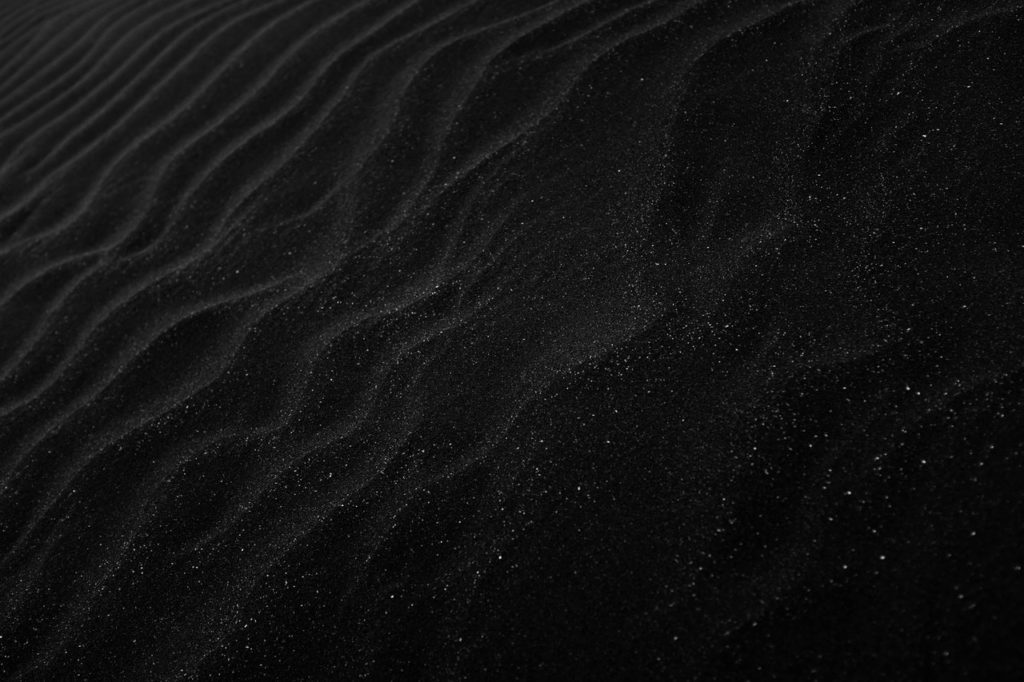
The example of the black sand above is a great example of using patterns in monochrome.
8. Break the Rules a Little
When experimenting with monochromatic photography try not to get too hung up on colors.
An effective monochrome shot isn’t necessarily one that contains many elements of the exact same hue, but rather one that highlights as many singular possible shades of the same color.
Every color has thousands of possible shades, so don’t worry if that caterpillar you shot against a leaf wasn’t the exact shade of forest green you were hoping for.
A perfectly valid monochrome strategy is to identify one focal color, different hues of which are scattered around the many elements present in your frame, even if it breaks the rules of monochrome a little.

Practice Makes Perfect
The most important advice you’ll receive when looking to start out in any form of photography is to be patient and trust the process.
Crafting the perfect monochromatic photo is no easy task, so don’t expect to get it right on your first go. Invest in your art and before you know it, you’ll be shooting monochromatic masterpieces, too!
Looking to uplift your photography and post-processing skills? Check out our catalog of educational material and training, developed by our team of professionals, and take your first steps toward being the photographer you have always wanted to be.


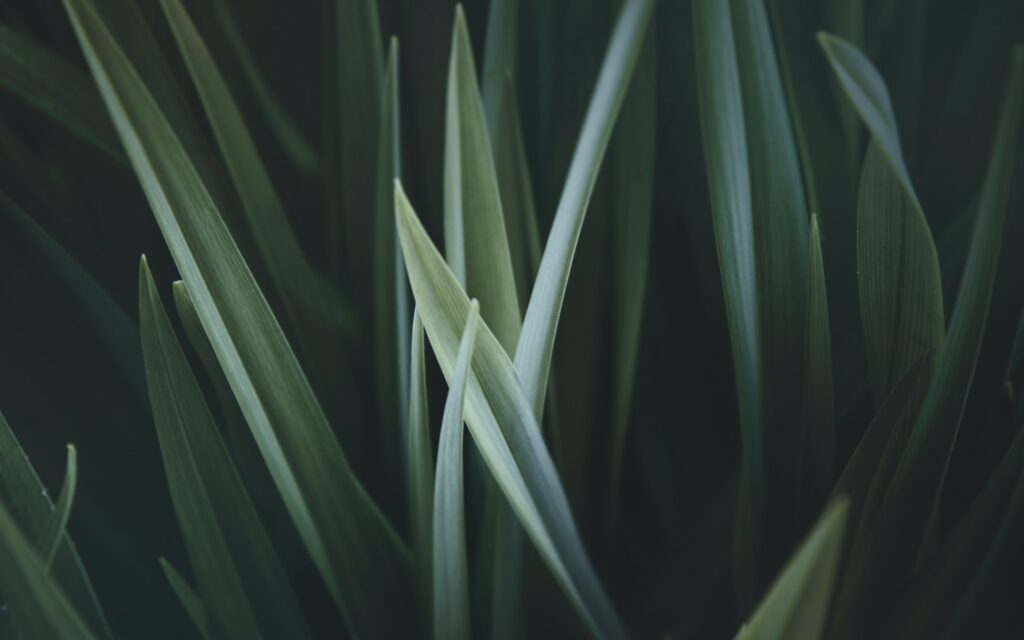
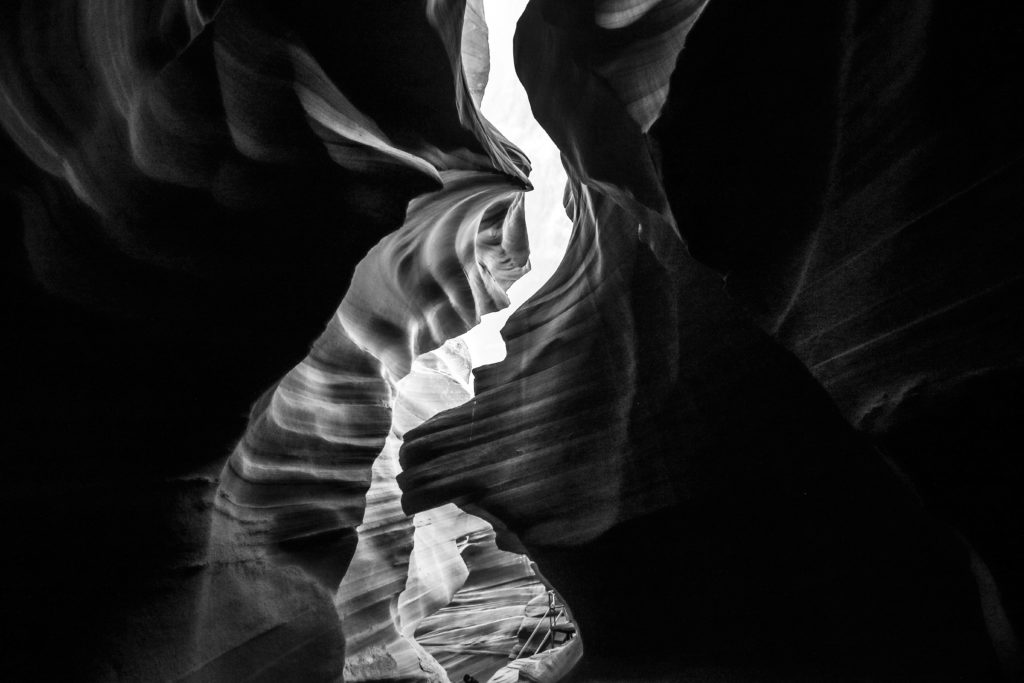
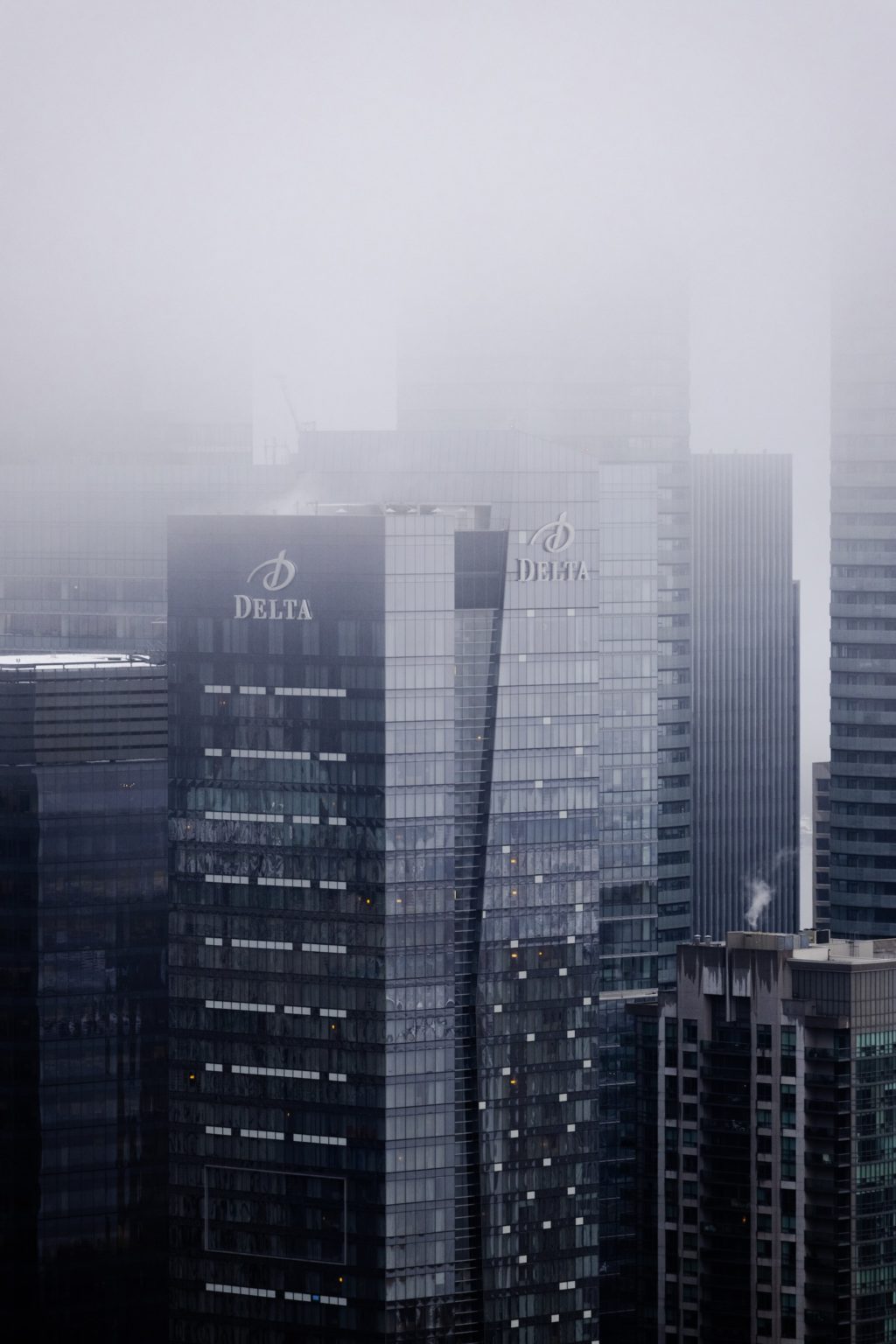
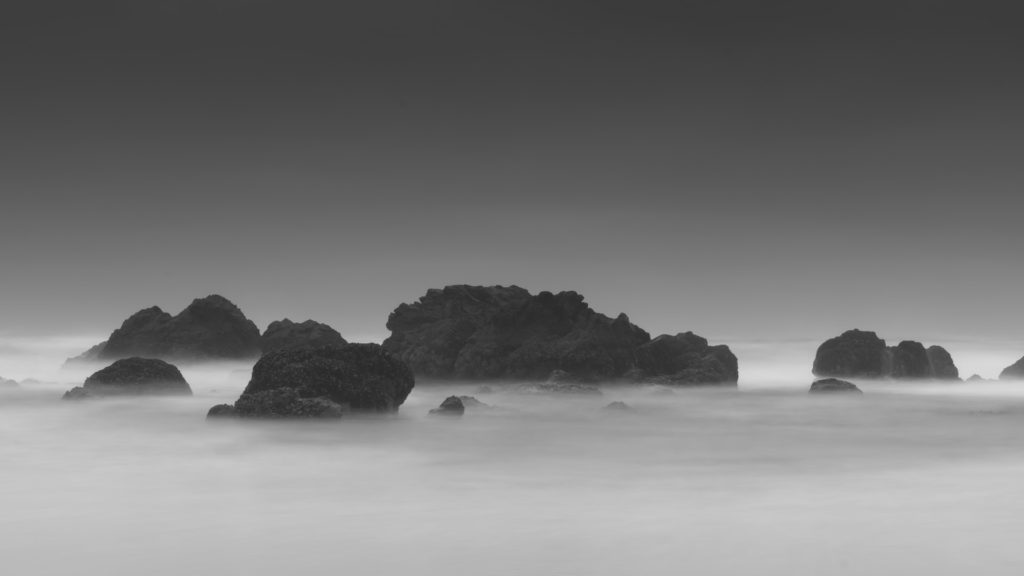
1 Comment
Thank you for this clear, interesting and informative blog with its gorgeous image illustrations.